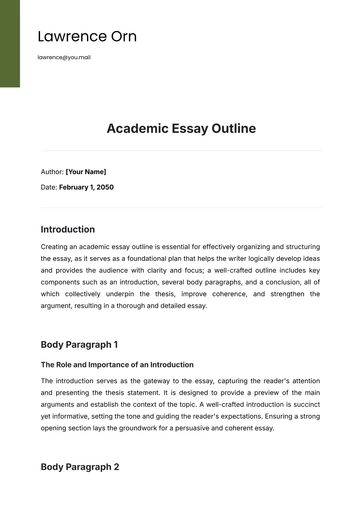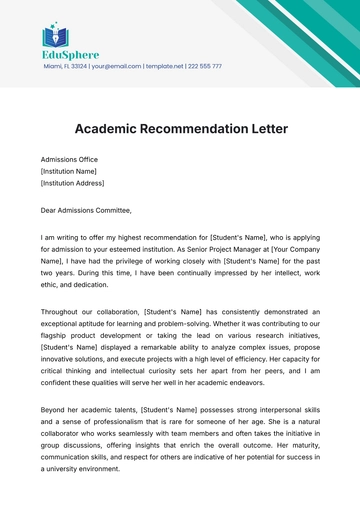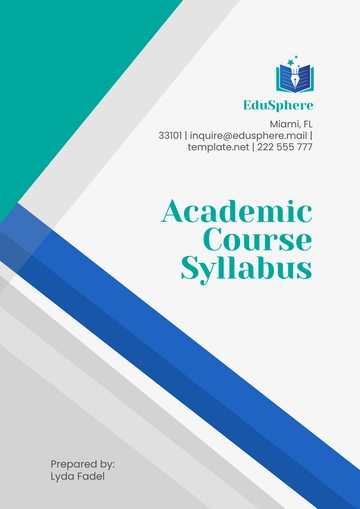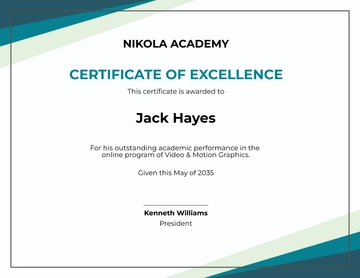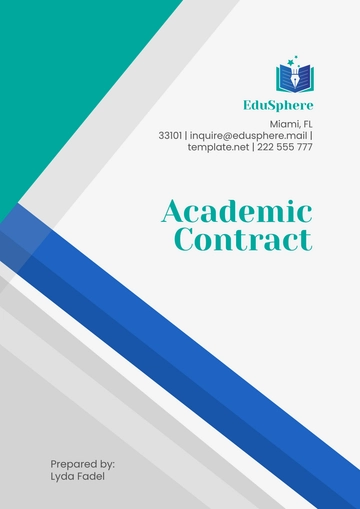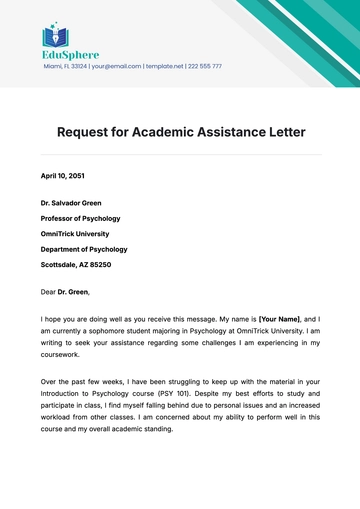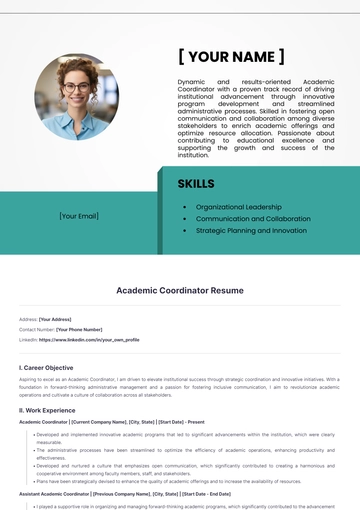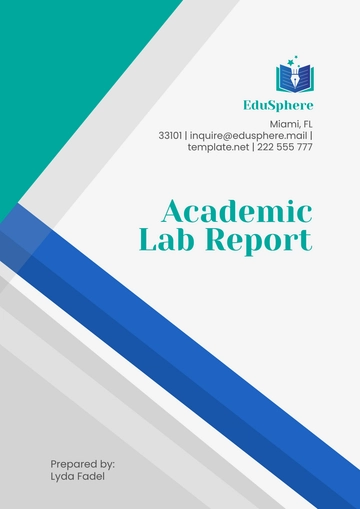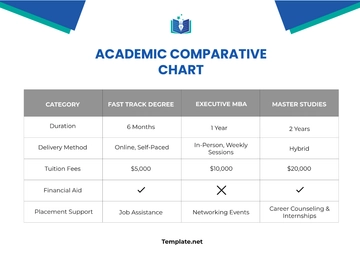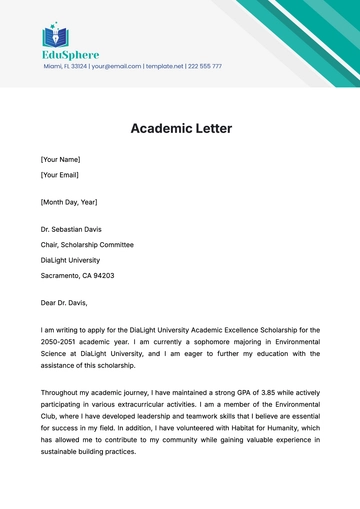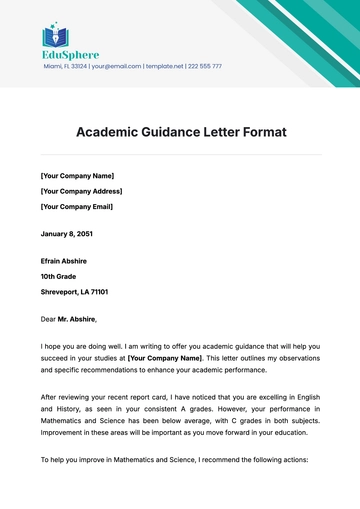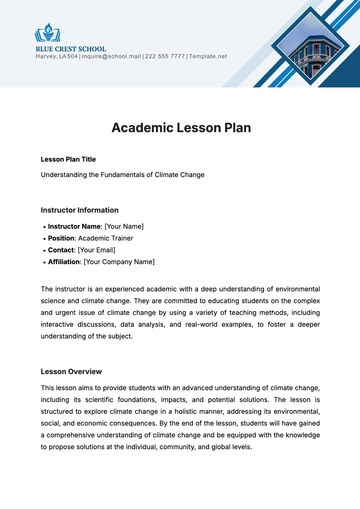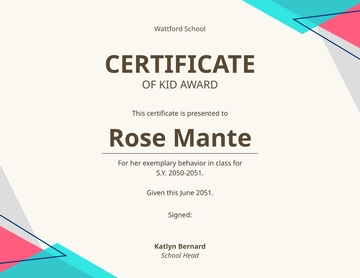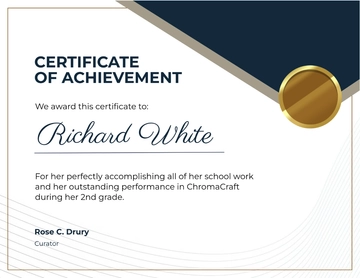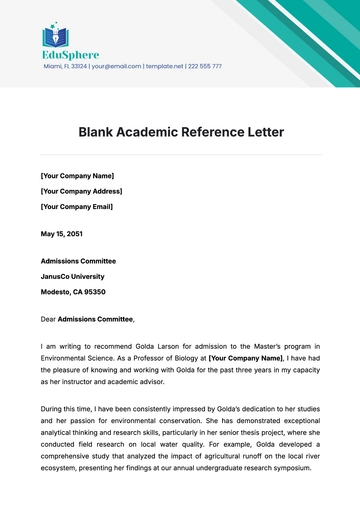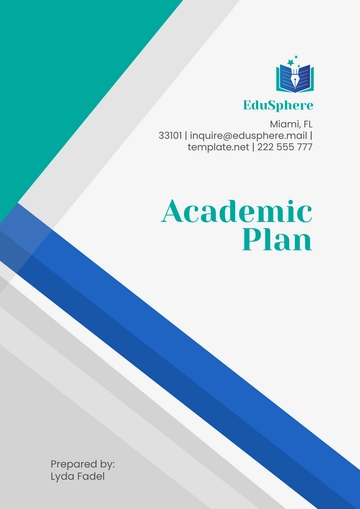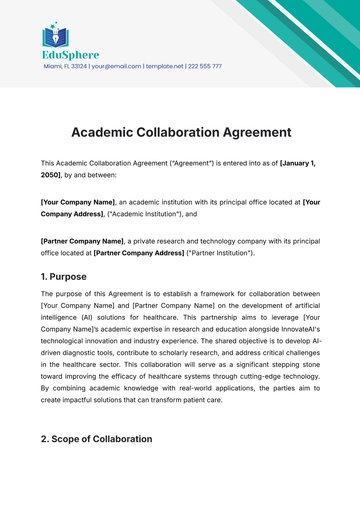Free Academic Writing Journal Article
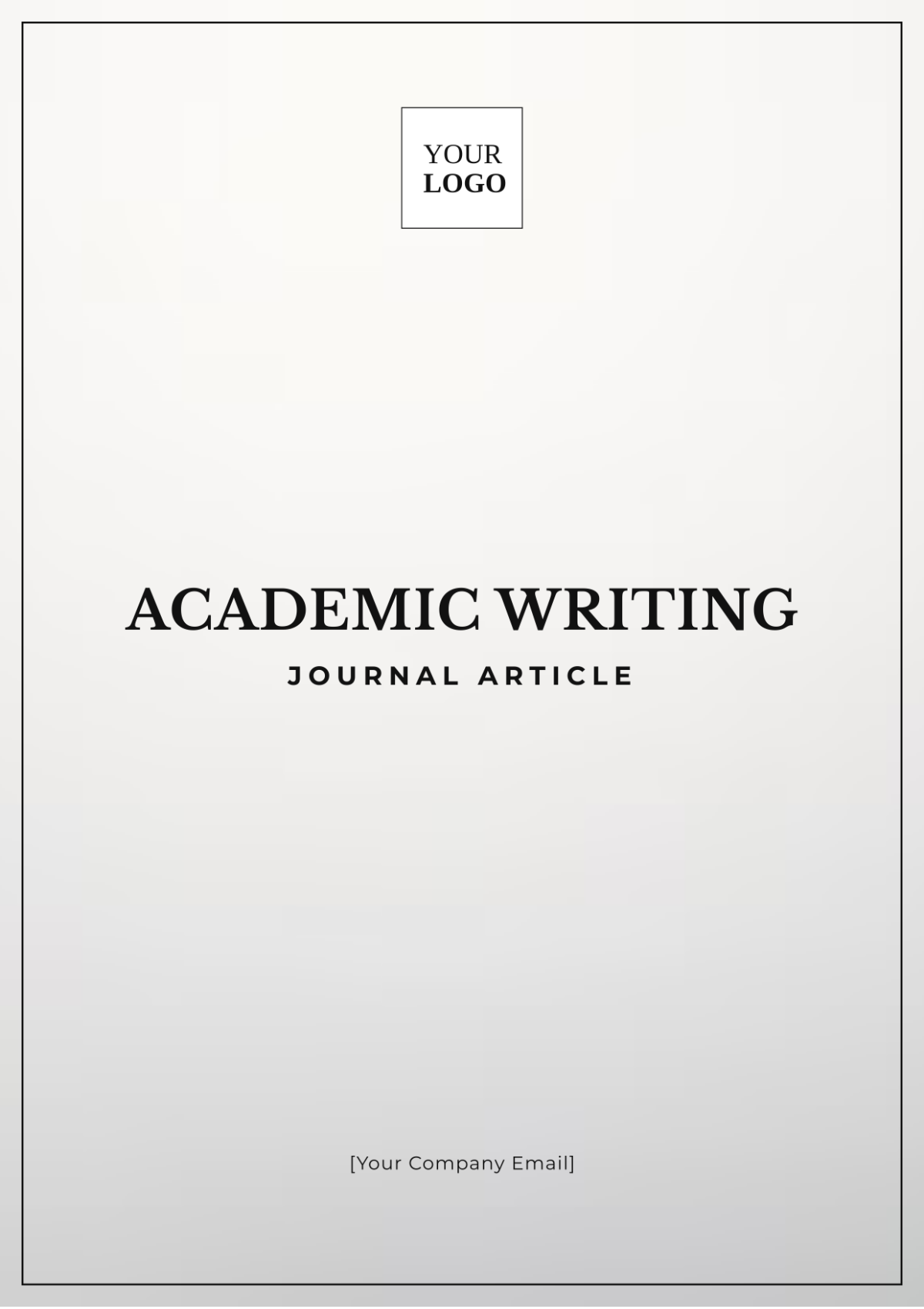
Written By: [Your Name]
I. Introduction
Academic writing is a cornerstone of higher education and scholarly communication. It encompasses the composition of essays, research papers, theses, and various other forms of scholarly documents. This journal article delves into the nuances of academic writing, offering educators, students, and researchers valuable insights and practical strategies for excelling in this critical skill.
II. Understanding Academic Writing
Academic writing is distinguished by its formal tone, precise language, and logical structure. Unlike creative writing, which may prioritize expression and narrative, academic writing is designed to inform, argue, or explain a specific topic, grounded in evidence and analysis. Its primary audience includes scholars, educators, and students who seek to contribute to or engage with academic discourse.
Key components of academic writing include a clear thesis statement, coherent topic sentences, evidence-based arguments, and rigorous citation of sources. Mastering these elements is essential for producing well-argued, credible academic work that withstands scrutiny and contributes meaningfully to scholarly discussions.
III. The Structure of Academic Writing
Effective academic writing adheres to a structured format that typically comprises an introduction, body paragraphs, and a conclusion. Each section has a distinct purpose and contributes to the overall coherence and persuasiveness of the document.
A. Introduction
The introduction sets the stage for the reader by presenting the topic and providing necessary background information. It culminates in a thesis statement that outlines the main argument or objective of the paper. An effective introduction not only engages the reader but also offers a clear roadmap for the rest of the document, highlighting the structure and direction of the argument.
B. Body Paragraphs
The body of an academic document is where the core ideas are developed and substantiated with evidence. Each paragraph should begin with a topic sentence that introduces the main idea of the paragraph, followed by supporting sentences that offer evidence and analysis. Cohesion is maintained through logical transitions between paragraphs, ensuring that the argument flows smoothly from one point to the next.
C. Conclusion
The conclusion synthesizes the main points discussed in the body and reinforces the thesis statement. It provides a sense of closure for the reader, summarizing the key findings or arguments and suggesting potential areas for further research or the broader implications of the work.
IV. Challenges in Academic Writing
Academic writing can be challenging, particularly for those new to the practice. Common difficulties include achieving clarity, maintaining coherent organization, providing sufficient evidence, and adhering to formatting guidelines. Additionally, plagiarism remains a significant concern, necessitating careful attention to citation practices and the originality of the work.
V. Strategies for Improving Academic Writing
Several strategies can help individuals improve their academic writing skills:
A. Reading and Analyzing Academic Texts
Engaging with a diverse array of academic texts allows writers to familiarize themselves with various writing styles, argumentation techniques, and methodologies. Analyzing how successful authors construct their arguments and present evidence can provide valuable insights into effective academic writing.
B. Practicing Writing Regularly
Like any skill, writing improves with regular practice. Writing exercises, such as journaling, drafting essays, or even summarizing research articles, can help writers develop their voices, refine their techniques, and build confidence in their writing abilities.
C. Seeking Feedback
Constructive feedback from peers, mentors, or writing centers is invaluable in the process of improving writing. Feedback helps identify strengths and areas for improvement, and understanding how to apply this feedback is crucial for growth as an academic writer.
VI. Conclusion
Excelling in academic writing requires a combination of understanding its structure, recognizing and addressing its challenges, and employing effective strategies for improvement. By dedicating time to practice, seeking feedback, and continuously engaging with academic texts, writers can enhance their skills and make significant contributions to academic discourse. This journal article serves as a resource for those aiming to elevate their academic writing capabilities, ultimately contributing to their academic and professional success.
VII. References
The following references provide additional insights into the principles and practices of academic writing:
Swales, J. M., & Feak, C. B. (2004). Academic Writing for Graduate Students: Essential Tasks and Skills. University of Michigan Press.
Silva, T. (1993). Toward an Understanding of the Distinct Nature of L2 Writing: The ESL Research and Its Implications. TESOL Quarterly, 27(4), 657-677.
Graff, G., & Birkenstein, C. (2014). They Say/I Say: The Moves That Matter in Academic Writing. W. W. Norton & Company.
- 100% Customizable, free editor
- Access 1 Million+ Templates, photo’s & graphics
- Download or share as a template
- Click and replace photos, graphics, text, backgrounds
- Resize, crop, AI write & more
- Access advanced editor
Enhance your scholarly work with Template.net's Academic Writing Journal Article Template. This editable and customizable template provides a structured format for presenting your research findings. Editable in our AI Editor Tool, it ensures your article meets academic publication standards. It covers essential sections like abstract, literature review, methodology, and discussion, making your writing process efficient and professional.


